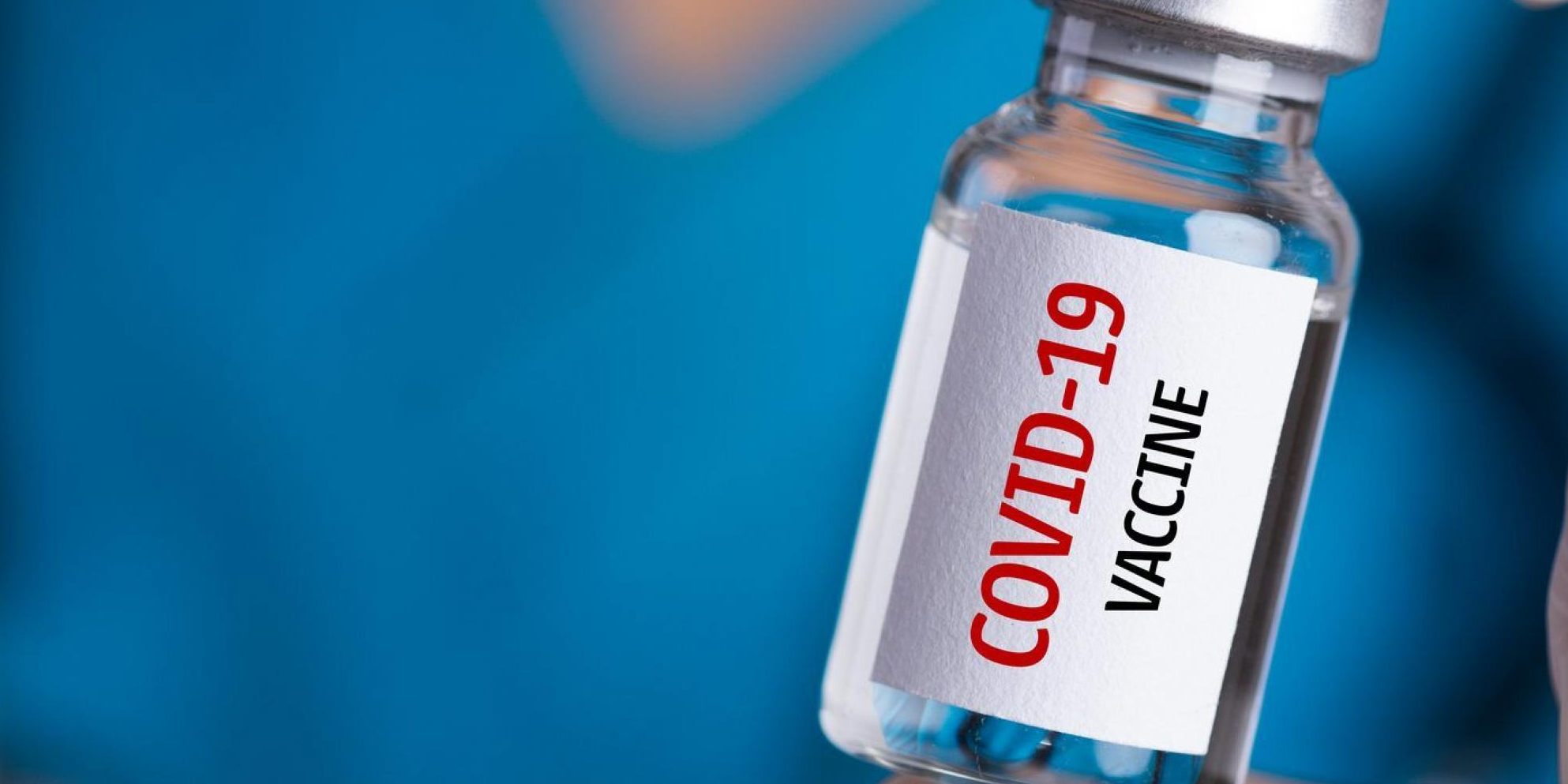The Government procured 3.4 Million covid-19 vaccines, this is according to records from the Ministry of Health.
A total of 44,734,030 vaccines were received, but 3.4 million were procured using gov’t funds. The remaining 41 million doses of vaccines were donations from the United States, Norway, Japan, Britain, China, and Denmark among others.
According to reports from the health ministry, over 121 Billion Shillings was released by the government in three phases. 18 billion was released by a supplementary budget, 23 billion from the contingency fund while the National Medical Stores was allocated 80 billion shillings in the 2021/2022national budget.
The COVID-19 vaccine incident manager, Dr. Daniel Kyabayinze says the government’s initial plan was to procure 5 million doses of the vaccines. To date, records show only 3.4 million doses were procured.
“Government released approximately 121 billion released in different trances received at different times. But the government had specifically wanted to purchase around 5 million doses from those amount of money specifically Sinopharm and Johnson and Johnson,” he says.
In 2021, the government planned to procure 18 million doses of Sinopharm and 9 million doses of Johnson and & Johnson. However, expenditure reports from the Ministry of Health show that fewer vaccines were procured and delivered from the funds that were released.
Expenditure reports from the health ministry indicate that 37.4 billion was allocated through UNICEF to make a partial payment of 9 million doses of the Johnson and Johnson vaccines from the AVAT while 49.6 million was allocated to procure Sinopharm vaccines through the COVAX facility.
Another 4 billion shillings was used to facilitate the storage and transportation of the vaccines by the National Medic Stores. The report from the health ministry shows that UNICEF currently has a balance of 29.6 billion of the released funds while 17.5 million is remaining from the original funds released.
On the UNICEF vaccine data board, the cost of the J&J vaccine goes for 10 dollars while the Sinopharm costs 5.5 dollars on average. With 49.6 billion allocated for Sinopharm Uganda should have received 2,528,858 doses of the vaccines. However, the country received 2,060,400 doses leaving a balance of 468,458 doses. The country could have also afforded to procure an additional 1.5 million doses of Sinopharm or 831,505 doses of J&J from the funds that UNICEF is keeping.
It is unclear how the remaining funds on the UNICEF account will be used. Dr. Kyabayinze says that the government plans to procure more vaccines that will be used in the planned vaccination of learners that is scheduled to start next term.
Catherine Ntabadde, UNICEF’s Communication Officer noted that all issues regarding the money can be well explained by the health ministry. She however said that they bought and delivered vaccines to the country.
However, during an interview, last year in December with Dr. Immaculate Ampaire, the deputy programme manager of Uganda National Expanded Programme on Immunization, said that the government had stopped buying vaccines after receiving so many donations.
Records from the national COVID-19 desk indicate that Uganda has received over 44.7 million doses with more than half of these being used up. According to Dr. Kyabayinze, 10 million Ugandans are fully vaccinated. The most consumed vaccines were AstraZeneca.
With over 22 million vaccines in-store, the Minister of Health, Dr. Jane Ruth Aceng this week while appearing before parliament requested 625 Billion Shillings for the COVID-19 resurgence plan. The funds are supposed to be used to procure more COVID-19 vaccines. The vaccines in question are to be used in campaigns targeting children.
A health ministry budget that URN has seen however shows that more than 1.2 trillion is needed to procure vaccines and even booster doses for this age group.
At the moment, the only WHO qualified vaccine to be used on children is Pfizer. Data from the Uganda Bureau of Statistics estimates that there are 16 million children between the ages of 5 to 17 in the country. To fully vaccinate this group with two doses of Pfizer vaccines, 32 million vaccines are needed for the start, minus booster doses.
If the government gives the health ministry the requested 625 billion shillings, around 24.7 million Pfizer vaccines can be procured at the cost of 6.75 dollars per dose according to the UNICEF vaccine market dashboard.With over 7 million Pfizer doses in stock and the 25 million doses that can be procured, the country will have almost enough vaccines for this age group.
Dr. Kyabayinze argues that vaccination against COVID-19 is a needed tool to try and control the disease.


